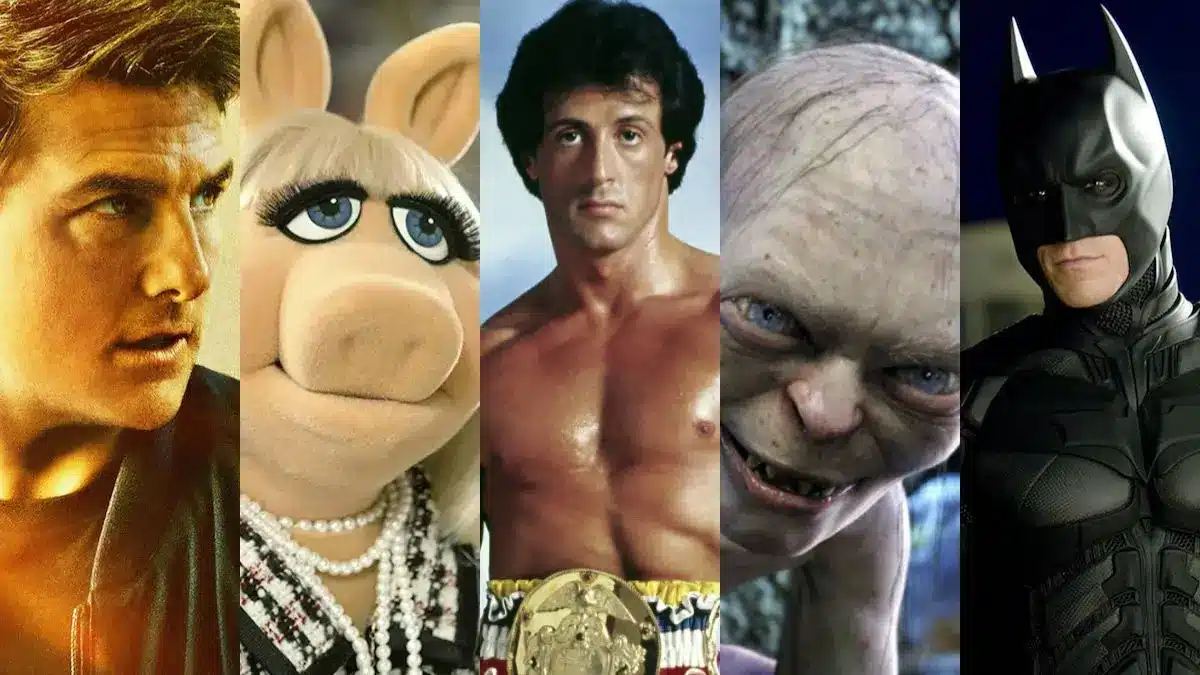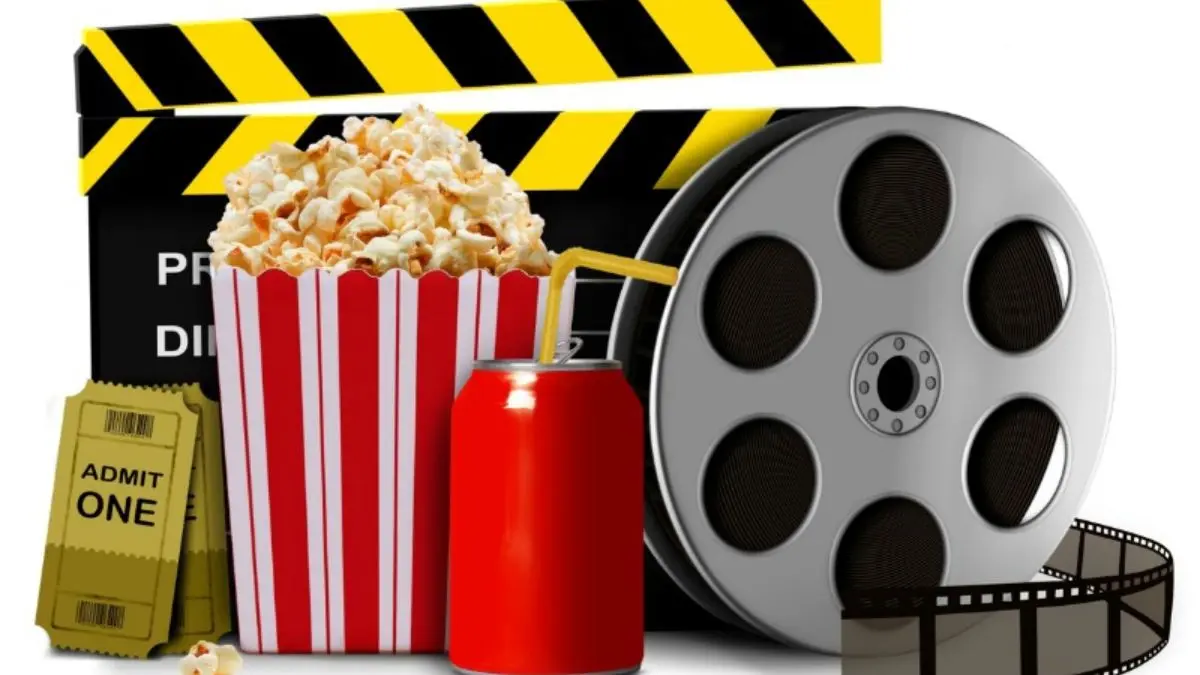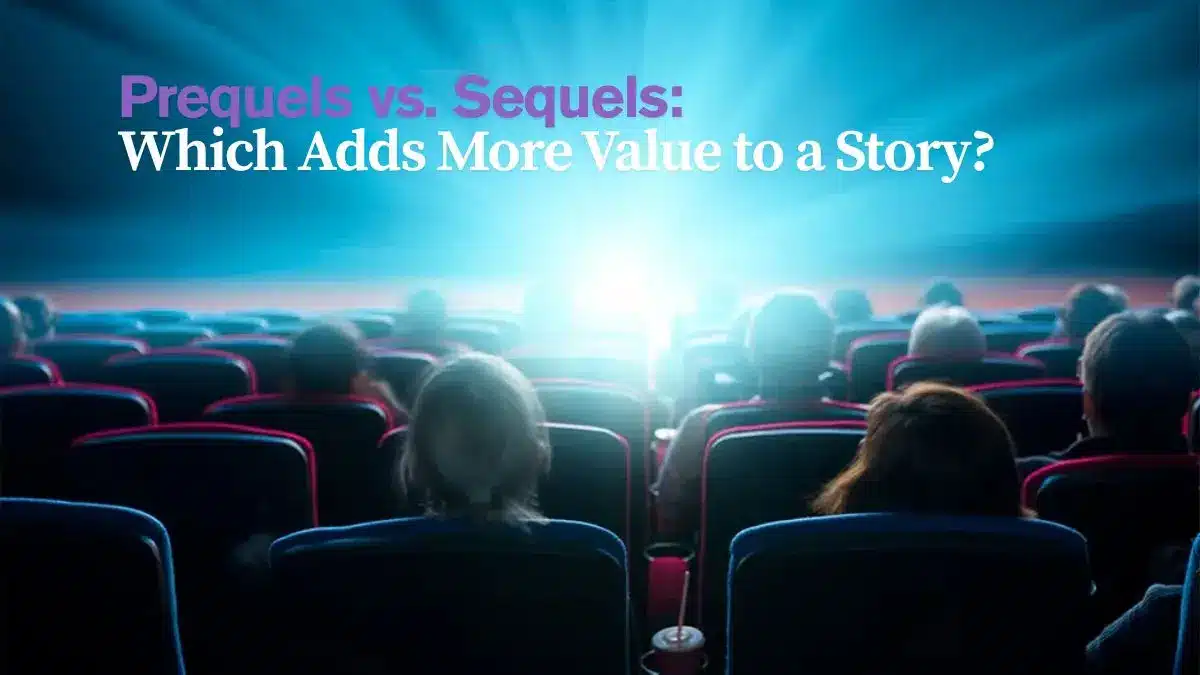Stories evolve. From ancient myths passed down orally to sprawling cinematic universes, narratives constantly expand. But when creators return to an existing story, they usually go in one of two directions: forward (sequels) or backward (prequels). Prequels and Sequels both have their place, but which truly adds more value to a story? Let’s break it down.
What Are Prequels and Sequels?
Before diving deep, let’s define the two:
- Prequels explore events that occurred before the original story.
- Sequels continue the story, picking up where the original left off.
Both aim to enrich the original narrative, but they do so from entirely different angles. And that angle affects everything from character development to audience engagement.
The Case for Prequels
Building Context and World-Building
Prequels often shine when it comes to world-building. They add layers of history, politics, and culture that were merely hinted at in the original story. Think of Star Wars: Episode I – The Phantom Menace. While the film sparked controversy, it gave us valuable insights into the rise of Palpatine, the political decay of the Republic, and the origins of Anakin Skywalker.
Deepening Character Arcs
Some of the most compelling prequels focus on character development. Knowing where a character came from often makes their journey more meaningful. Better Call Saul is a perfect example. It deepens our understanding of Saul Goodman/Jimmy McGill in a way that retroactively enriches Breaking Bad.
Foreshadowing and Dramatic Irony
Prequels play with our knowledge of what’s to come. This gives creators the power to foreshadow in ways that feel satisfying. It can create an emotional impact, knowing a character’s fate while watching their origin.
The Downside of Prequels
Risk of Over-Explaining
Sometimes, what makes a story compelling is the mystery. Prequels can rob a narrative of its magic by over-explaining. Did we need to know how Han Solo got his last name? Many fans argue we didn’t.
Continuity Errors
It’s hard to match up all the details. Prequels often stumble over continuity, especially in long-running franchises. These slip-ups can pull audiences out of the immersion.
Lack of Stakes
Since audiences know what’s coming, prequels can struggle to maintain suspense. We know certain characters survive, so any danger they’re in might feel hollow.

The Case for Sequels
Expanding the Narrative
Sequels allow creators to push the story forward. They can raise the stakes, evolve the world, and introduce new threats or challenges. Take The Lord of the Rings trilogy. Each film builds on the previous one, deepening emotional investment.
Character Growth and New Arcs
A well-written sequel gives characters room to grow. Consider Toy Story 2 and 3. They didn’t just rehash old plots but explored new emotional themes, like abandonment and the passage of time.
Satisfying Audience Curiosity
Fans want to know what happens next. Good sequels give them closure or open doors to even more compelling stories. Think about how Avengers: Endgame paid off over a decade of storytelling.
The Downside of Sequels
Risk of Repetition
One of the most common criticisms of sequels is that they often feel like a rehash. Familiar beats, recycled jokes, and predictable twists can make a sequel feel unnecessary.
Diluting the Original Story
When sequels fail, they sometimes drag down the reputation of the original. The Matrix sequels, for many fans, diluted the brilliance of the first film.
Franchise Fatigue
Too many sequels can exhaust audiences. When every film ends with a cliffhanger or tease for the next installment, the story starts to feel more like a product than an experience.
Comparative Analysis Table
| Criteria | Prequels | Sequels |
|---|---|---|
| Narrative Direction | Backward-looking | Forward-moving |
| Focus | Origins, past events | Consequences, future challenges |
| Character Development | Establishes backstory | Evolves existing arcs |
| Audience Engagement | Driven by curiosity and nostalgia | Driven by anticipation and momentum |
| World-Building | Adds depth to history and setting | Expands on existing world |
| Risk of Repetition | Low (new territory) | High (may repeat previous plot points) |
| Risk of Continuity Errors | High (must align with known future events) | Low to medium |
| Suspense and Stakes | Lower (outcomes often known) | Higher (fate is uncertain) |
| Emotional Impact | Rooted in irony and inevitability | Rooted in progression and payoff |
| Franchise Longevity | Helps set up future content | Can prolong narrative or wear it thin |
Which Adds More Value?
It depends on what kind of value we’re talking about.
If your goal is emotional richness and thematic layering, prequels tend to deliver more. They peel back the curtain on characters and settings, showing how the seeds were planted long before the original story took root. The best prequels change how we interpret the original.
But if you’re after narrative momentum and audience satisfaction, sequels usually win. They take the story forward, evolve beloved characters, and (ideally) provide a satisfying payoff.
Audience Reception: The Emotional Equation
Fans often feel more protective of prequels. They know how high the stakes are in messing with what they already love. When done well, prequels feel like secret doors opened into a familiar home. But when they misstep, it feels like a betrayal.
Sequels, while judged harshly too, are generally given more creative freedom. They’re expected to grow the universe, take risks, and surprise audiences. When they deliver, they become instant classics. When they don’t, they risk feeling forgettable.

Great Examples of Both
Prequels That Added Value:
- Better Call Saul – Adds depth and tragedy to Breaking Bad.
- X-Men: First Class – Refreshes the franchise and adds emotional nuance.
- Monsters University – Light-hearted but adds understanding to Mike and Sully’s friendship.
Sequels That Outshined Originals:
- The Dark Knight – Elevated Batman Begins and set a new bar for superhero films.
- Toy Story 3 – A heart-wrenching, beautiful conclusion.
- Captain America: The Winter Soldier – Expanded the MCU’s complexity and tone.
Conclusion: It’s Not a Competition—It’s a Choice
Prequels and sequels aren’t competing forces; they’re different tools in a storyteller’s kit. Used wisely, either can add immense value. The best creators know when to move forward and when to look back.
Ultimately, the value lies in how well the story is told, not when it’s set. If it deepens our connection to the characters, enriches the world, or leaves us emotionally moved, then it has succeeded—regardless of the direction it takes.
So next time you find yourself watching a prequel or sequel, ask yourself: did it enhance the story I loved? If the answer is yes, then it was worth the journey.
Also Read: Why Long-Winded Stories Lose Their Audience




